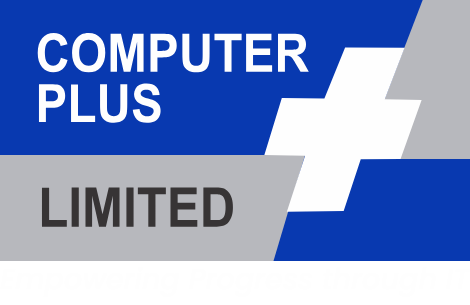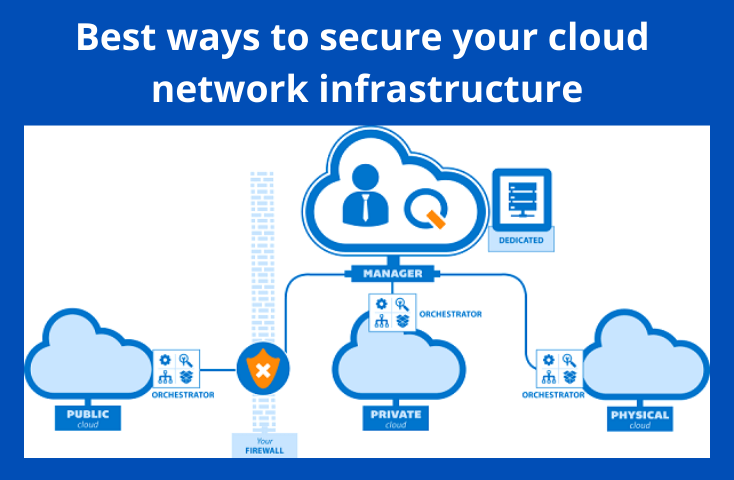Ever wondered How to secure your cloud network infrastructure? Figuring out a good path to security in your cloud configurations can be very challenging. This is complicated by the different types of cloud we deploy; public or hybrid; and the class of data and computing we assign to those cloud segments.
Generally, one can always create a comprehensive and compliant cloud security solution, but the devil is in the details and a nuanced approach to a different use of various cases is almost always required.
Let’s first dispel a few myths. The cloud is a very safe place for data, despite FUD from those who might want you to stay in-house. The large cloud providers (CSPs) maintain a tight ship, simply because they’d lose customers otherwise.
Even so, we can also assume their millions of tenants include some that are malevolent, whether hackers, government spies or commercial thieves.
Governance is a still-evolving facet of the cloud. There are solutions for data you store, complete with automated analysis and an added event reporting, but the rise of SaaS and all the associated flavors of as-a-Service leaves the question of where your data is, and if it is in compliance with your high standards.
The ultimate challenge for cloud storage security is the human factor. Evil admins exist are created within organizations and a robust and secure system needs to accept that fact and protect against it with access controls, multi-factor authentication, and a process that identifies any place that a single disgruntled employee can destroy valued data. Be paranoid; it’s a case of when, not if!
As convenient as cloud computing can be for your business, you need to be fully aware of how your system is operating. It must be secure enough to prevent it from being lost, stolen or hacked. Here are a few tips your business can use to ensure the security of data in your cloud system.
Let’s dig deeper into the security challenges of cloud storage and ways you can protect data stored in the cloud. Which leads to the question;
How to secure your cloud network infrastructure?
- – Make sure the cloud system uses strong data security features. …
- – Backups must be available as well.
- – Test your cloud system on occasion.
- – Look for redundant storage solutions.
- – Allow your system to use as many data access accounts and permissions as possible.
1. Make sure the cloud system uses strong data security features;
Your cloud system must be designed to utilize antivirus programs, encryption controls and other features that help protect data.
A cloud system and its dedicated servers must also use the right security controls to see that all data moves back and forth as needed without other people being at risk of breaking into the data. A firewall may be added to a cloud server in most cases.
2. Backups must be available as well;
The backup setup that your cloud service/System uses must also be checked. The backup can be set up directly on the cloud computer, but you might have to do it manually.
You might want to use your own server or something similar to a portable hard drive or a secondary cloud server to help you out. There’s no guarantee that your cloud computing system will have a backup support system, so that will likely be your responsibility.
3. Test your cloud system on occasion;
Testing might sound like a minor issue, but it can make a major difference. In particular, you need to test your cloud to see how well it is performing in conjunction with its security setup.
Ethical hackers may be hired to test the security of your cloud system. An ethical hacker, in particular, is a person who is hired to use hacking activities to identify issues within your cloud system or other storage space.
The hacker will then provide you with recommendations for taking care of any concerns. This is a popular option for testing as it goes deep into your system to find even the most-hidden problems.
4. Look for redundant storage solutions;
Redundant storage involves adding internal drives to store data, often more than you really require. This helps to keep data duplicated as much as possible. It makes it much harder for your data to be broken into or stolen.
5. Allow your system to use as many data access accounts and permissions as possible;
If every bit of data in your cloud computing system was accessible to everyone in your business, then it would be rather easy for your data to be distributed or even stolen.
You need to let your system work with several data access accounts at a time. These include individual accounts that have their own sets of permissions.
Having multiple accounts makes it so many bits of data will be protected by having only a select number of people able to access certain parts of your service. This will, in turn, protect your setup.
Never assume that your cloud system is always going to be safe. Always look to see that it is meeting the right standards to ensure that data is protected.
By your doing so, you can prevent your data from potential losses in the future and ensure that it can still be accessed in a variety of spaces.
CONCLUSION
Cloud network infrastructure is the entire body work/structure that aids cloud service to maximize its potential as well. It is critical and very essential as there is no cloud service without an infrastructure.
Having said this, one has to bear in mind the cost effect this comes with as cloud service demands a firm structure solidly behind it. Provision of infrastructure is key as this liberates and eliminates certain concerns that might affect cloud services.
Cloud security has come a long way. It’s now possible, through the variety of tools and technologies outlined above, to adequately secure both your data and your user. In so doing, you will establish security and trust in the cloud and gain from the agility, efficiency and cost savings it provides.
Do you have concerns over your cloud infrastructure security? Would you like a professional advise on how to secure your cloud network infrastructure?
Be rest assured we can help you secure your cloud Infrastructure. To learn more about how we can assist, contact us here for any inquiries you may have. We look forward to hearing from you!

